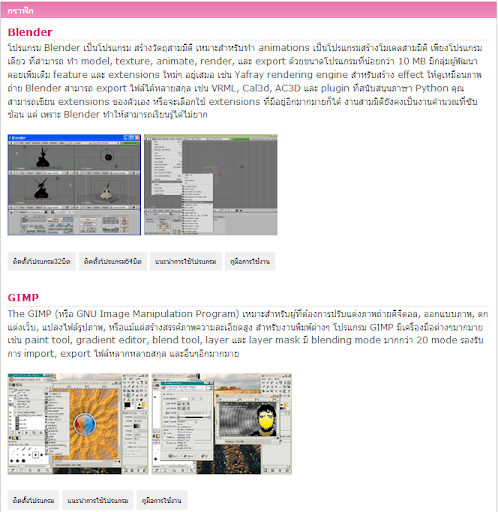
- #Cal3d exporter how to#
- #Cal3d exporter mac os#
- #Cal3d exporter full#
- #Cal3d exporter code#
- #Cal3d exporter license#
Is designed to be independent of any graphics API such as OpenGL or DirectX. If you want to use the build system, you either need Visual Studio on Windows, or GNU's autotools on *nix systems.Ĭan I use Cal3D with OpenGL / Direct3D / etc?
#Cal3d exporter mac os#
It works on Windows, SGI Irix, various flavors of GNU/Linux, Mac OS X, etc.īasically all you need is a decent C++ compiler with standard template library support. What operating systems does Cal3D work on?
#Cal3d exporter code#
The catch, however, is that if you make changes to Cal3D and use them, you are obligated to release the source code under the same license.
#Cal3d exporter license#
Cal3D is released under the Lesser GNU Public License (LGPL), which allows you to link in the Cal3D library for your commercial game or simulator or whatever. While we don't have an official benchmark, tests have been done in the past involving hundreds of characters at a time and reasonable framerates were achieved.Ĭan I use Cal3D for a commercial product? The complexity of the models plays a big role in this as well - not only the polygon count, but also the complexity of the underlying skeletal structure.Ĭal3D is certainly capable of operating fast enough for many practical applications and games. Developer choices like which graphics API to use can impact the speed, as well as using GPU programming languages.

Is a fairly subjective question, as Cal3D's speed is highly dependent on things not controlled by Cal3D. Several published games have used Cal3D successfully. , Cal3D is quite stable and efficient enough for a lot of games.
#Cal3d exporter how to#
And again, an example of how to do this is contained in the miniviewer examples. This is a responsibility left on the users' shoulders for another degree of flexibility. Making a really excellent character requires a talented artist.Ĭal3D doesn't load configuration files.


Making a decent character will require the use of a modeling package like Blender, using the tools that it provides.
#Cal3d exporter full#
The source code for the Cal3D miniviewers is a good place to start, as it provides a full implementation for both OpenGL and Direct 3D graphics APIs that you can adapt for your own purposes.Ĭal3D can't help you make animated models. This includes things like loading textures, handling materials, and rendering the models to the screen. The users are responsible for making a bridge between Cal3D and whatever graphics API they want to use. For instance, if you wanted your character's head to turn as a car goes past him, you could control the head's rotation directly to keep facing the moving car.ĭoesn't do graphics. This is useful when you want to create truly dynamic motion at runtime without the aid of predefined animations. With a little work, you can fully manipulate the individual parts of your characters. This can be a good performance boost when your character is farther away and the lower detail isn't noticable to the viewer. This effect is best demonstrated in the Cally Demo, where the walking, running, and strutting animations can be blended together in any ratio to get a wide variety of movement characteristics.Ĭal3D also provides an automatic level-of-detail control, which allows you to scale back the number of polygons that make up your character at runtime. This means that you can execute multiple animations at the same time and Cal3D will blend them together smoothly. The exporters provide a bridge for users to take their characters created in a 3D modeling package to their own applications, where they will have control over the characters' actions.Ĭal3D can perform animation blending. , Cal3D is useful for putting animated 3D characters into your interactive graphical applications. The library provides methods to load your exported files, build characters, run animations, and access the data necessary to render them with 3D graphics. The C++ library is what you would actually use in your application, whether it's a game or a VR application. This allows 3D artists to use the modeling tools that they're already comfortable with. The exporters are actually plug-ins for 3D modeling packages. The exporter is what you would use to take your characters (built in a 3D modeling package) and create the Cal3D-format files that the library knows how to load. It was originally designed to be used in a 3D client for Worldforge, but evolved into a stand-alone product which can be used in many different kinds of projects.Ĭal3D's essentials can be boiled down to 2 parts: the C++ library and the exporter. Is a skeletal based 3D character animation library written in C++ in a way that is both platform-independent and graphics API-independent. General Questions about Cal3D What is Cal3D? Cal3D FAQWelcome to the Cal3D frequently asked questions list.


 0 kommentar(er)
0 kommentar(er)
